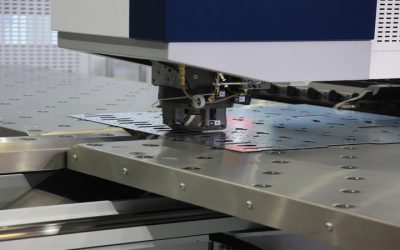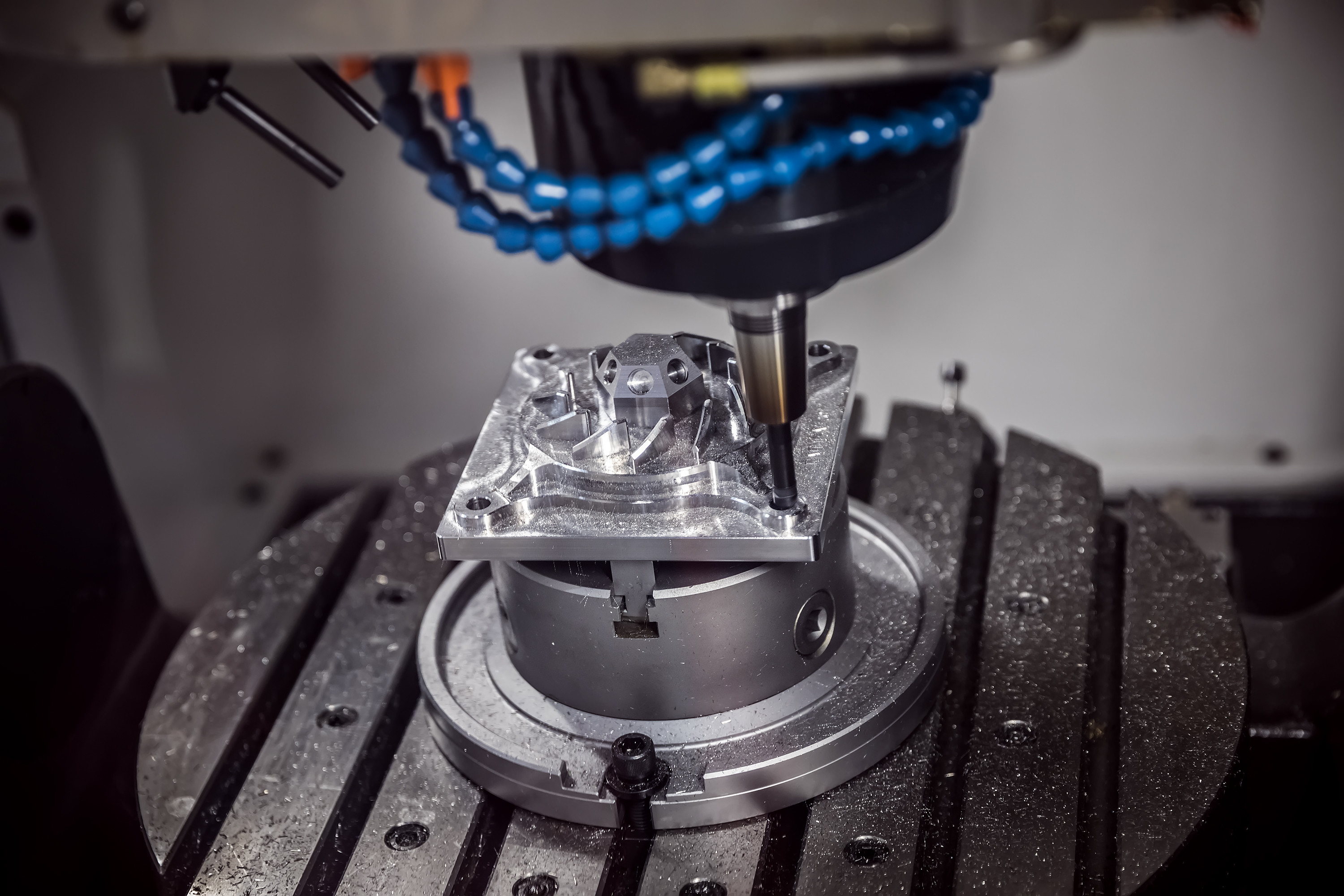For very simple shapes to complex parts used in the automotive industry, metal stamping is an increasingly important solution for OEMs to consider. The choice of sheet metal stamping provides not only precision parts that meet all required tolerances and standards, but it also offers several advantages and practical benefits over other types of manufacturing and fabrication processes.
The process of custom sheet metal stamping can be completed on most types of sheet metal. This includes aluminum, stainless steel, carbon steel, copper, and brass, with different equipment and stamping machines used to provide the necessary force to effectively press the sheet metal into the die to create the desired shapes.
Limit Secondary Metal Finishing Requirements
As there is no heat applied with sheet metal stamping, and the process does not build heat in the metal as found with the use of most types of machining processes, issues with a change in the physical properties of the grain of the metal are not a factor. This means limited, if any, need for stress relief processes, helping to speed up production and lower the costs.
Additionally, the process creates even edges on the parts, limiting the need for deburring or grinding that can occur with some types of manufacturing options.
Custom Processes for Specific Requirements
Top metal fabrication companies specializing in metal stamping processes have the ability to customize processes to meet the demands of unique products or industry-specific requirements. Developing fast, efficient, and cost-effective options for part production are always important considerations for OEMs in choosing metal stamping.

